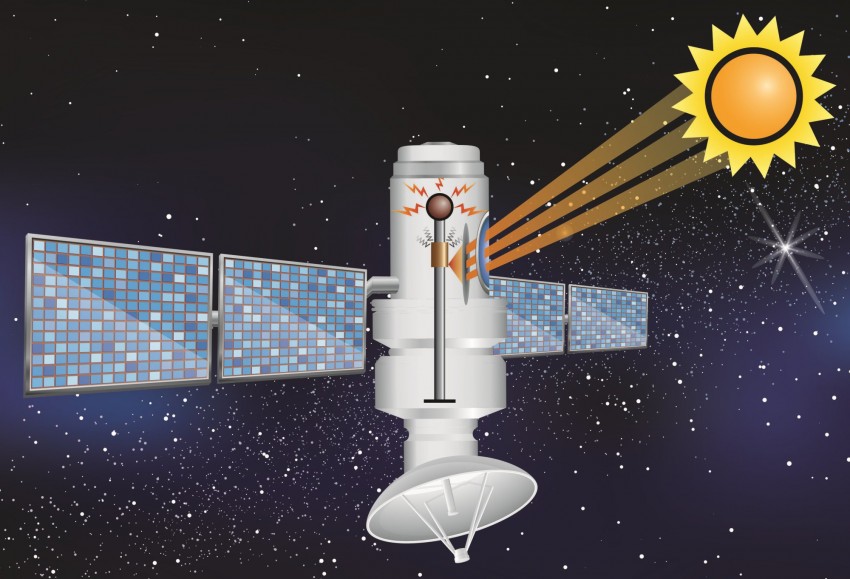Thermoacoustic phenomena in solid bodies - hope for a new cosmic drive?

Solids can be the centre of interaction between heat and sound waves, as can interaction in thermoacoustic devices. This could result in devices without the disadvantages of existing thermo-acoustic devices, which will work longer.
Leaks have long limited the potential of thermoacoustic devices to operate through interaction between oscillating temperatures and sound. During the 175th Meeting of the Acoustical Society of America, scientists from Purdue University and the University of Notre Dame demonstrated that thermoacoustic phenomena can theoretically occur in solids.
Although the technology is still in its infancy, it can be particularly useful in harsh outdoor environments, such as space. There are large temperature differences and a failure of the system could put the whole mission at risk, says Professor Fabio Semperlotti of Purdue University.
Thermoacoustic phenomena in liquids - liquids and gases - have been well known and studied for centuries. The addition of thermal energy to the enclosed vessel leads to the spontaneous propagation of sound waves in the liquid. This is how we are dealing with a thermoacoustic machine, explains Professor Carlo Scalo of Purdue. Although such systems are well known, a serious problem is to build a system that will not leak liquid.
The properties of solids are easier to control, making them potentially a better material for creating thermoacoustic systems than liquids. However, we must first check again whether this phenomenon can occur in solids, said Haitian Hao of Purdue.
Thanks to thermoacoustic phenomena, we can convert waste heat or mechanical vibrations into a useful form of energy. So far, it has been believed that thermoacoustic phenomena do not occur in solids, because they are more stable and dissipate mechanical energy more easily, which makes it more difficult to create sound waves in response to temperature differences. Today, however, a theoretical model has been developed according to which vibrations can occur in thin metal wires in response to the temperature gradient. As the properties of solids can be selected to achieve the required performance of a thermo-acoustic device, a very promising field of research has been opened up for scientists. We can't do it with liquids," adds Smperlotti.
"In space, we are dealing with extreme temperature differences. This is a very promising environment in which the vibrations caused by these differences can be converted into electrical energy for the space vehicle. Such a device could use a part facing the Sun as the side of heat and a part facing the other side as the side of cold. This would make it last forever, as it would not require any mechanical parts and no liquid would leak out of it," says Semperlotti.
The immensity of temperature gradients in space, and the IMMENSITY of solid objects in space may lead to a future harnessing of such energy by a civilization in close proximity to such conditions, but I doubt we can ever manipulate a large enough object "locally" with a large enough mass to ever really take advantage of it for propulsion, or heat production, or...much of anything, really.
I hope this works best and will make a lot of progress
Wow, sounds promising! There is unlimited energy available, if we can harness it.